Easter, a widely celebrated occasion, holds deeper significance than just colourful eggs and sweets. This article delves into the roots of Easter and its associated customs to unveil why and how we celebrate this holiday.
The Story of Easter
Easter is the most important Christian festival that commemorates the resurrection of Jesus Christ.
Who is Jesus?
Christians believe that Jesus is the son of God, who preached divine teachings in his lifetime. The Jewish and Roman authorities opposed his teachings and so chief priests and Jewish officials plotted against him. The story of Easter is the story of their plot against him, his crucifixion and resurrection.
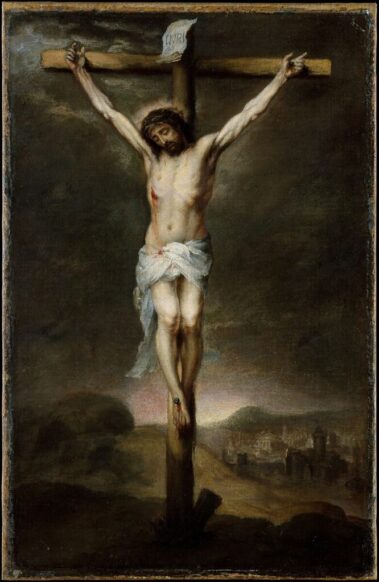
Passover meal
Jesus had 12 disciples and on the first day of Passover, he and his disciples ate together. Jesus broke the bread and blessed it. Then he took a cup of wine and gave thanks. He also revealed that one of his disciples would betray him. Judas had previously gone to the chief priests, asking for money in return for the capture of Jesus.

What happened at Mount Olive and Gethsemane?
Jesus and his disciples went to the Mount of Olives where Jesus told them they would leave him. One of Jesus’s closest friends , Peter, said that he would never leave him even if everyone else did. Jesus said to him that he would deny him 3 times.
Leading them to Gethsemane, Jesus instructed his disciples to sit and await him while he prayed. Stepping away, he knelt in prayer for about an hour. Upon his return, he discovered his disciples asleep. He prayed again, twice more, and upon each return found them still sleeping. Urging them to awaken, he warned them that the time of his betrayal was near.
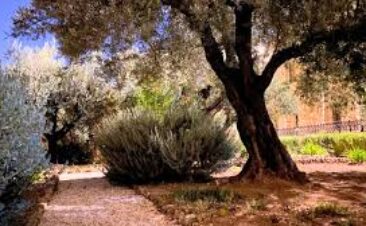
The Crucifixion
On the day of Jesus’ crucifixion, he was stripped of his own clothes and put in a scarlet robe, a crown of thorns was rammed onto his head and a staff was put in his right hand as he was mocked by the soldiers. He was then beaten over the head until they took the robe off him and led him away to be crucified. As he was being led, soldiers grabbed a man called Simon and forced him to carry the cross Jesus was too weak to hold. When they arrived at “The Place of the Skull” (Golgotha), they nailed Jesus to the cross and the Jewish rulers mocked him. Jesus prayed to God asking for their forgiveness. Jesus cried out and died.
The Resurrection
The next day, his body was buried by his followers in an empty tomb. The tomb was covered by a large stone blocking the entrance. The story of the Resurrection tells Christians that on the Sunday morning, some women visited Jesus’s tomb. They saw that the large stone had been rolled down away and the tomb was empty. Two men dressed in white clothing appeared and delivered the message that Jesus was no longer in the tomb and he had risen. Following his resurrection, the Gospels tell of Jesus appearing to Mary Magdalene and the other women as well as many of his disciples.
Celebrating Easter with Food and Fun!
Like Christmas, there are traditional foods eaten at Easter time.
Hot Cross Buns
Hot cross buns are spiced buns which usually contain fruit such as currants, raisins or candied citrus. They are marked with a cross on the top of them and are traditionally eaten on Good Friday.
They originated in the United Kingdom and mark the end of Lent. Different parts of the bun represent different things:
- the cross symbolises the death of Christ
- the spices represent the spices used to embalm Jesus after his death
- fruits represent health and prosperity.
In Christian tradition, eating hot cross buns to break that fast on Good Friday is done to commemorate the Crucifixion of Jesus Christ. Some people theorise that the hot cross bun originated in St Albans Abbey in England where a monk known as Brother Thomas Radcliffe came up with a very similar recipe called the “Albans bun” which was distributed to the poor on Good Friday.
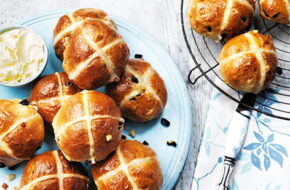
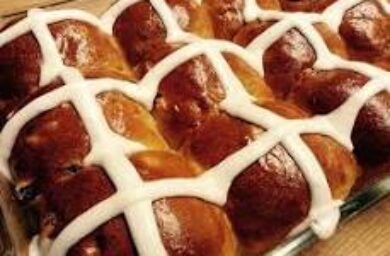
Text content
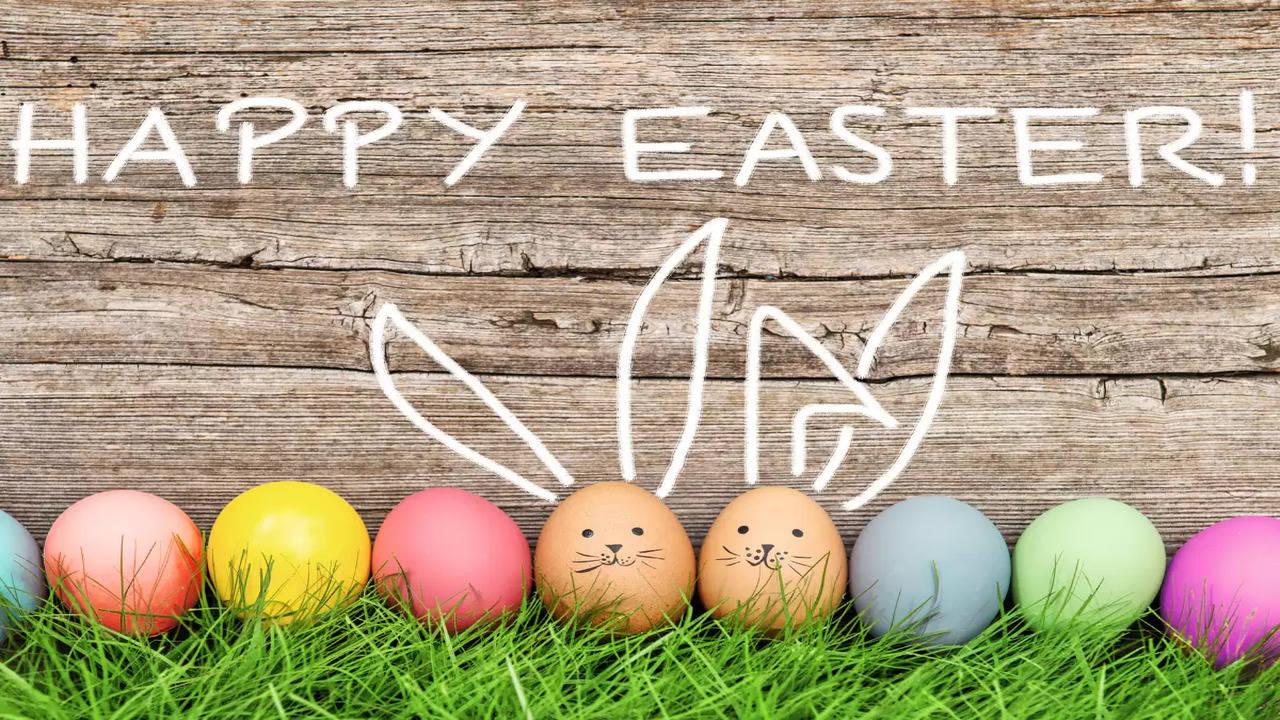
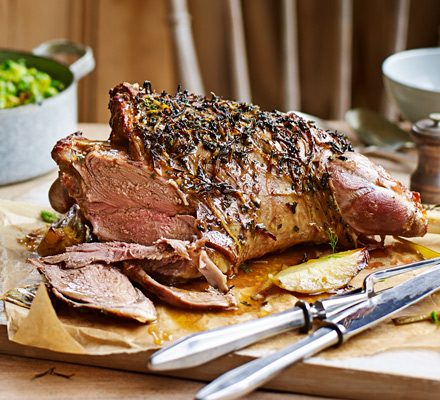
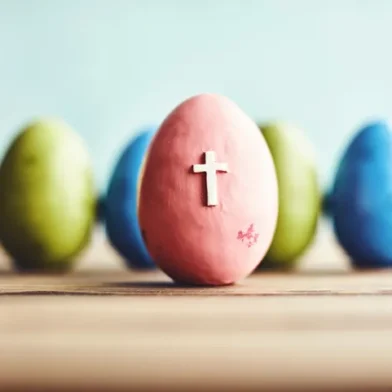
Eggs
Throughout history, eggs have been given to each other at Spring festivals to celebrate the new season as eggs represent new life and rebirth and it is thought that this ancient custom became part of Easter celebrations.
During the medieval era , it was forbidden to eat eggs during Lent so to eat eggs after was a treat, especially for the poor who couldn’t afford meat.
There are also old superstitions about eggs at Easter including:
- eggs laid out on Good Friday would turn into diamonds if left for 100 years
- you would soon become rich if your Easter egg had two yolks
- eating cooked eggs on Good Friday was said to prevent sudden death and improve fertility.
It became tradition for people to bless their eggs before eating them. During the Victorian era, cardboard eggs were often lined with satin and contained little Easter gifts and chocolate. It was then around the same time chocolate eggs started to become more common in countries like France and Germany and then later in the UK. JS Fry & Sons (British chocolatiers) produced the first hollow chocolate egg in 1873 and 2 years later, John Cadbury followed and was the first to produce them in a large scale.
Lamb
John the Baptist referred to Jesus as the “Lamb of God” because Jesus was seen as the perfect offering to save his people. Christians eat lamb on Easter Sunday to remember Jesus and show respect to the sacrifice he made.
Easter Traditions
There are many different Easter traditions around the world.
- In Greece people throw old pots out of their windows onto the street. Some people believe that this tradition was copied from the Venetians who traditionally threw out their old and unwanted possessions to make room for new ones.
- In Poland, however, people throw buckets of water on each other on Easter Monday- also know as Wet Monday. This tradition originated from the baptism of a Polish prince hundreds of years ago.
- The French traditionally come together in their villages to make a giant omelette. They use around 15,000 eggs and it’s big enough to feed thousands of people.
- At the White House, in the USA, an annual egg roll is held on the lawn. It’s held on Easter Monday and The First Lady (the president’s wife) is usually in charge of this event.
Easter Games
People eat lots of different food on Easter but what do people do to entertain themselves?
Easter Egg Hunt: This game is normally played by children. Someone hides Easter eggs and children run around with baskets to look for them. The eggs can be chocolate eggs but they can also be decorated. With decorated eggs there are usually prizes involved for most eggs collected, smallest egg collected or biggest eggs collected. The tradition of Easter egg hunts came from Germany. In the German tradition, the Easter egg hunt is linked to Easter Bunny or more originally known as the Easter Hare. Custom had it that the Easter Hare would bring a basket of bright, painted eggs and give them to all children who had been good, and they would be hidden around the house and around the garden for the children to find.
Egg and Spoon Race: Easter is a perfect time for the Egg and Spoon Race. Everyone gets an egg to balance on a spoon while they run towards the finish line. If a contestant drops the egg, they have to go back to the starting line. The egg must not be touched or held on the spoon. Some people add the rule to keep one arm behind their back. If this rule is added, then when you cross the finish line the same had still has to be behind their back.
Bunny Hop Sack Race: People put their legs in a bag, a pillowcase or even a sack. They hop to the finish line and the first person to get to the finish line wins.
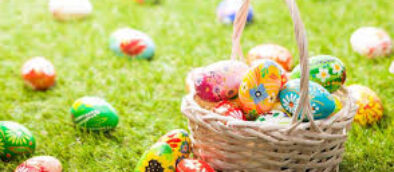
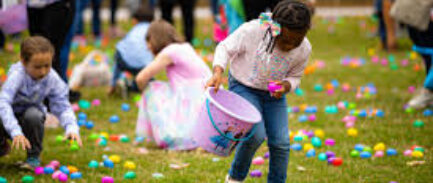
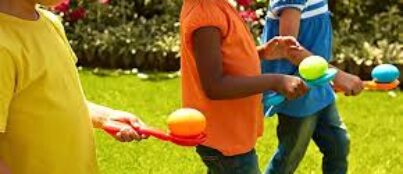
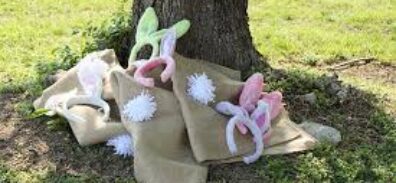
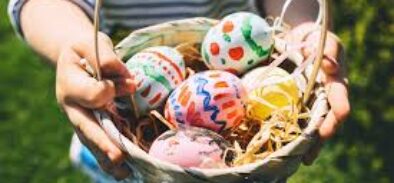
Nimi Adeleke and Evelyna Adeyinka